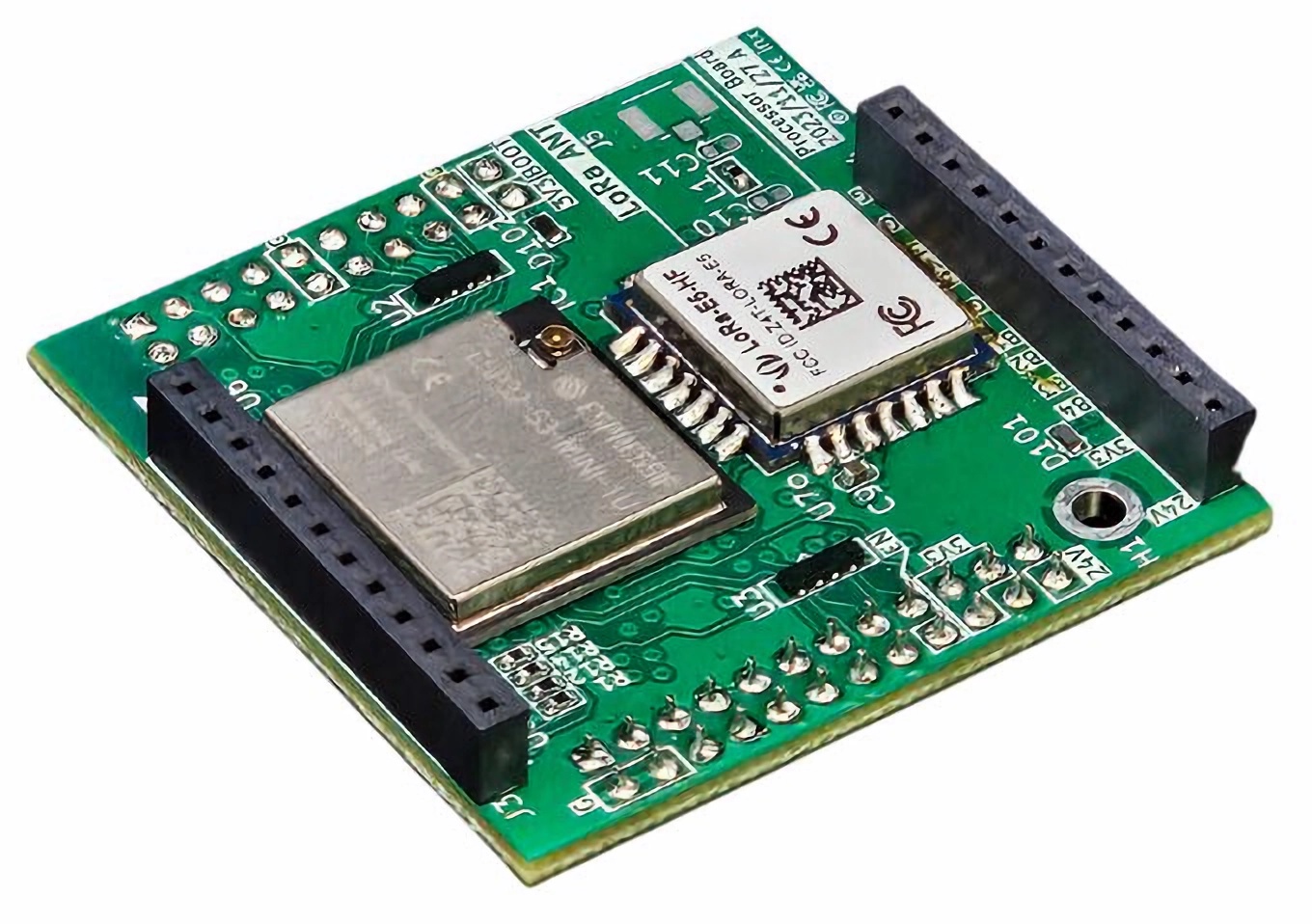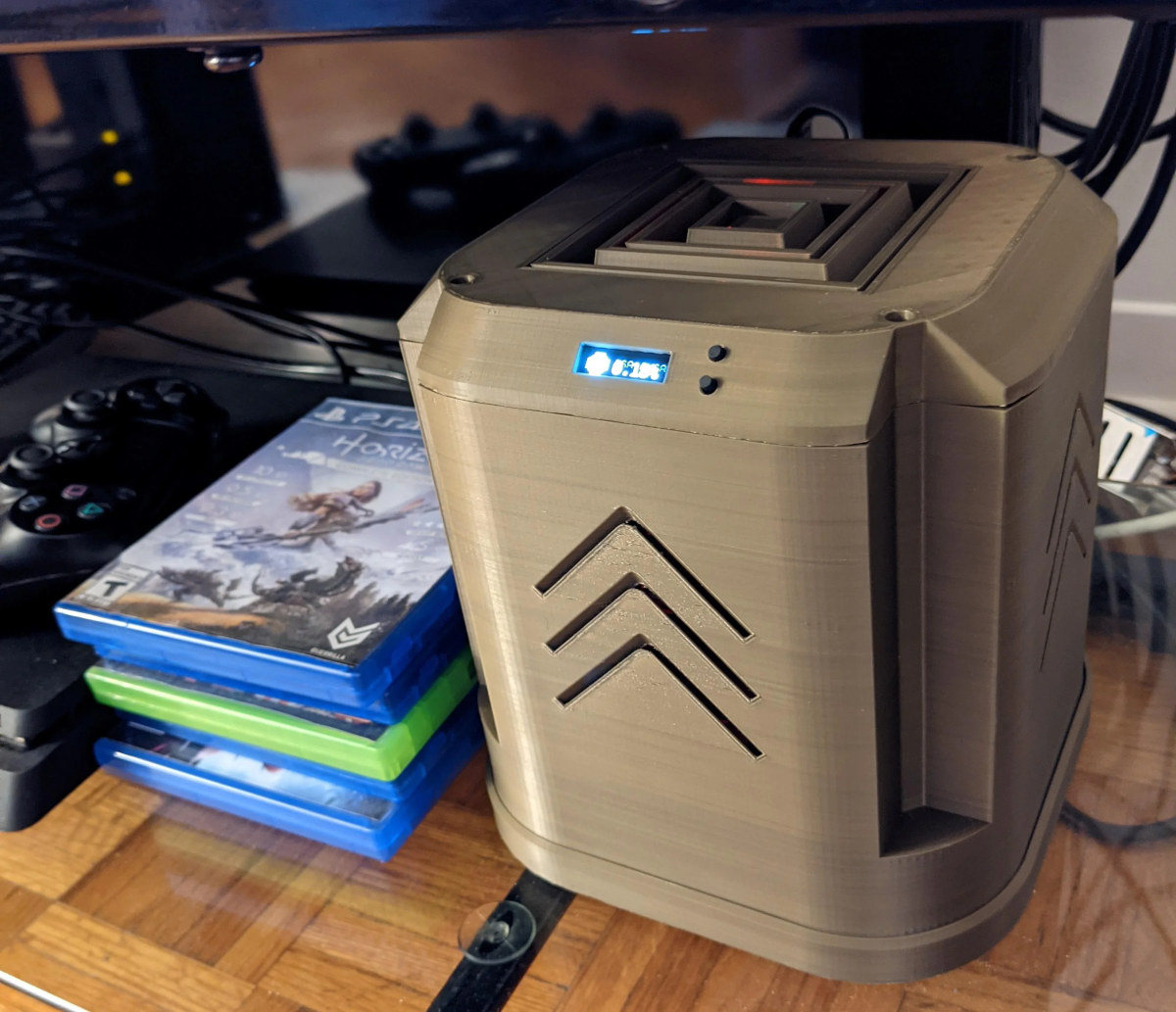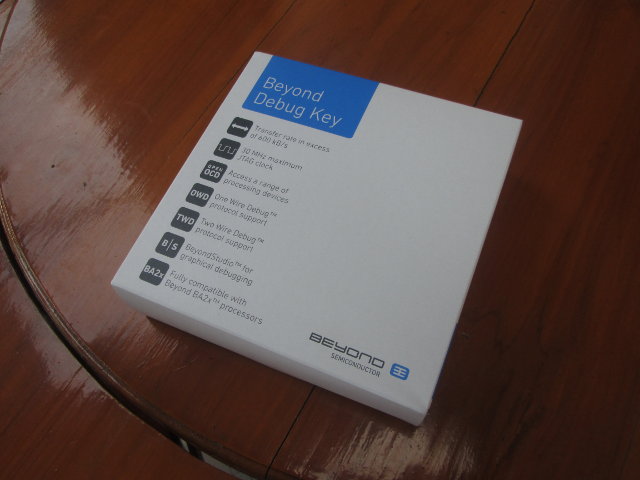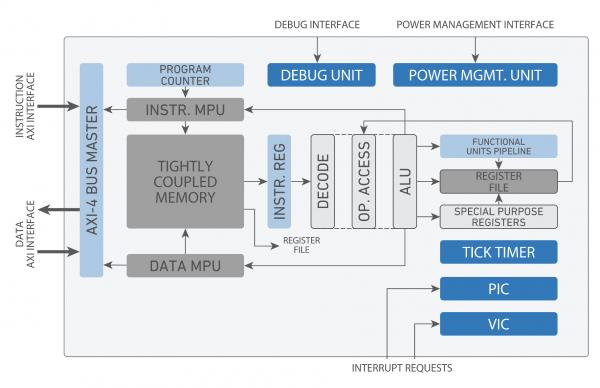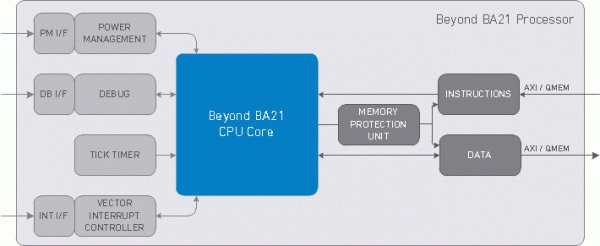Sheffield-based IoT company, inx-systems has developed a programmable LoRaWAN IoT module and a development breakout board that integrates with Arduino MKR, Adafruit FeatherWing, Grove, and mikroBUS shields. The module is powered by an ESP32-S3 microcontroller which comes preloaded with inx’s no-code LoRaWAN software development platform, Lucid. The WAN-4-ALL module has built-in Wi-Fi, Bluetooth, and LoRaWAN connectivity via the ESP32-S3 microcontroller and Seeed Studio Wio-E5 module. This makes the module suitable for short-range, medium-range, and long-range IoT applications such as remote monitoring, home automation, industrial control, and smart agriculture. We have covered other LoRaWAN development platforms such as SB Component’s RAKWireless-based products, Particle’s multi-radio devices, and the UnPhone. The WAN-4-ALL module differentiates itself with the preloaded no-code LoRaWAN development environment and multiple connectivity options. WAN-4-ALL module specifications: SoC – Espressif Systems ESP32-S3 dual-core microcontroller @ 240MHz with Wi-Fi 4, Bluetooth LE 5 LoRaWAN Module – Seeed Studio Wio-E5 Module based on […]
DIY Raspberry Pi Compute Module 4 NAS supports up to four drives
We previously noted it was possible to build a Raspberry Pi CM4 NAS using Wiretrustee carrier board with a built-in Marvell 88SE9215 PCIe to SATA controller and four SATA connectors. But Mebs just created his own Raspberry Pi Compute Module 4 four-bay NAS with his own carrier board equipped with a PCIe socket used to insert a PCIe SATA card, as well as a neat 3D printed enclosure that took 6 days to print. This carrier board design is actually derived from the official Raspberry Pi CM4 IO board with only the interfaces needed for the NAS to make it smaller and fit within the width of a standard 3.5″ hard drive. It was also made as simple as possible because it was Mebs’ first PCB design. This leaves the board with Gigabit Ethernet, one HDMI port, a USB 2.0 port, the PCIe 2.0 socket, as well as some headers […]
Beyond Debug Key Enables JTAG & UART Debugging, Supports OpenOCD
Beyond Semiconductor, a fabless semiconductor company based in Slovenia which develops their own 32-bit BA2x IP cores, has sent me one of their development tool, namely Beyond Debug Key supporting JTAG and UART interfaces either with BeyondStudio for the company’s BA2x processor, or the open source suite OpenOCD for other processors. Since I don’t have any Beyond Semi boards, I instead configured it, and quickly tried it with Atmel SAMA5D3 Xplained ARM Cortex A5 development board, and OpenOCD (Open On-Chip Debugger). The debug tool comes in the package above describing the key features of the kit: Performance Transfer rate in excess of 600 kB/s 30 MHz maximum JTAG clock Less than 20 μW power draw from target board Compatibility Fully compatible with Beyond BA2x processor family Access any 8-bit, 16-bit, 32-bit or 64-bit processors via JTAG Works with all JTAG compliant devices Software Support OpenOCD for access to a range […]
Beyond Semi Introduces 32-bit BA20 Core with Cortex M4 Performance Efficiency, and Cortex M0+ Silicon Area
Beyond Semiconductor and CAST have jointly announced BA20 32-bit embedded processor core with PipelineZero Architecture (zero-stage execution pipeline), that rivals with ARM Cortex A4 in terms of performance per MHz, while using about the same silicon area as an ARM Cortex M0+. which could be critical for applications such as wearables, sensors, and wireless communication, that may require both a small footprint and high performance efficiency. The company’s PipelineZero micro-archirtecture can execute one instruction per cycle, hence saving energy by doing more in less time, and by operating at lower clock rates. Key features listed for BA20 IP core: PipelineZero architecture for high performance efficiency with tiny silicon footprint 3.04 DMIPs/MHz (vs ARM Cortex M4: 1.25 DMIPS/MHz) 3.41 Coremarks/MHz (vs ARM Cortex M4: 3.40 CoreMarks/MHz) 2µW/MHz (vs ARM Cortex M0+: 3µW/MHz) 10K gates (0.01mm2) in 9-track 40G (vs 0.009mm2 for ARM Cortex M0+) BA2 ISA Extreme Code Density for less […]
Beyond Semiconductor Announces BA21 Processor Core for Embedded MCUs
Beyond Semiconductor, a Ljubljana, Slovenia based company, has recently announced BA21, a 32-bit processor core, with 2.5 Coremark per megahertz, and clocked up to 125 MHz, that’s roughly equivalent to a Cortex M3 core @ 120 MHz. Target applications include mixed signal embedded processing, wireless communications ICs (e.g. Bluetooth, Zigbee, GPS), industrial Microcontrollers, and battery-powered or ultra-low-cost devices.If you’ve never heard about Beyond Semi, you may want to read my previous article about their BA25 core (Cortex A7/A8 equivalent) for a bit more details about the company. Here are the key features of BA21 core: 32-bit Processor Small silicon footprint (less than 10k gates) for lower leakage and dynamic CPU power Two-stage pipeline architecture Extreme Code Density for lower instruction fetching energy Advanced power management Dynamic clock gating and power shut-off of unused units Software- and hardware-controlled clock frequency Wake-up on tick timer or external interrupt Performance Up to 2.5 […]
Beyond Semiconductor BA25 Application Processor
You know ARM, MIPS, and maybe PPC processor cores, but have you ever heard about Beyond Semiconductor RISC architecture? I hadn’t, until I read an article on EETimes. Beyond Semiconductor, a company founded in 2005, and based in Ljubljana, Slovenia, has apparently released its own embedded cores for a while including BA12, BA14 and BA22 which are respectively equivalent to ARM9, Cortex A9 and ARM11 in terms of performance. They count big names such as STMicro, Lattice Semi and Ericsson among their licensees. More recently, the company announced its first application processor called BA25, that equivalent to Cortex A8/A7 architecture with 1.7 DMIPS/MHz, and is clocked up to 800 MHz on 65nm LP. Beyond BA25 32-bit processor designed for systems running applications on general-purpose operating systems such as Linux and Android, and targets applications such as set-top boxes and media players, Image and video processing systems, and wireless, battery-powered, or […]


